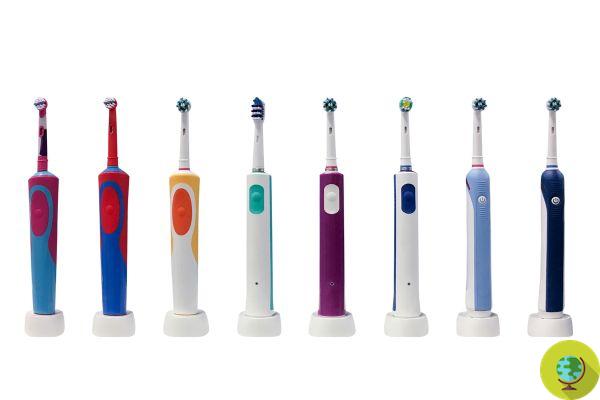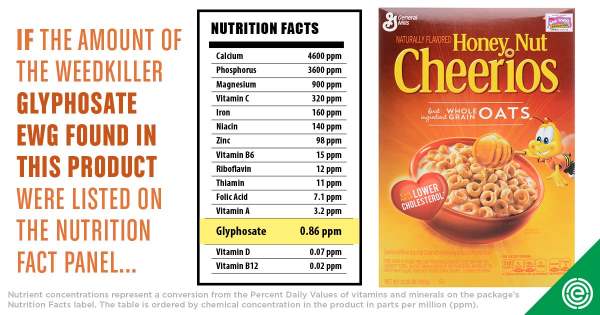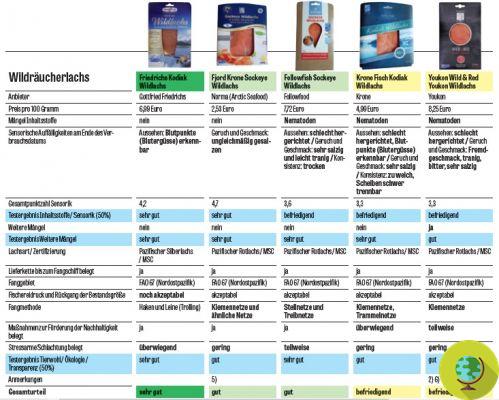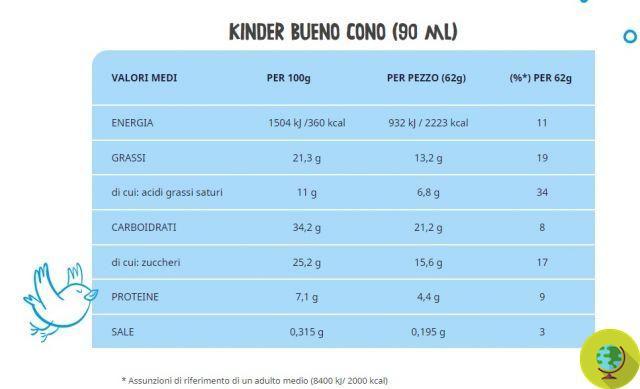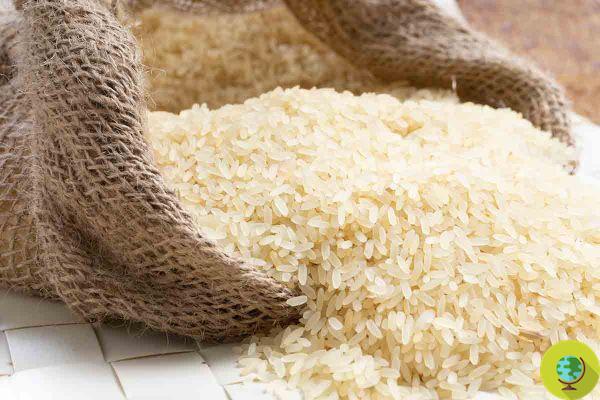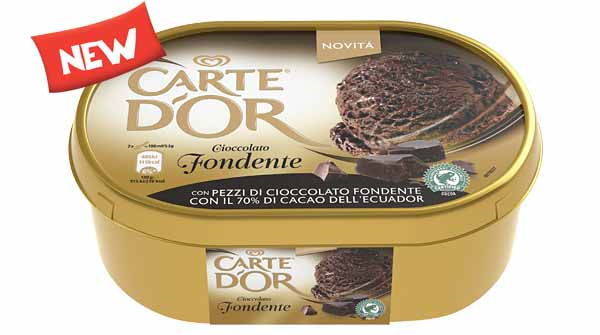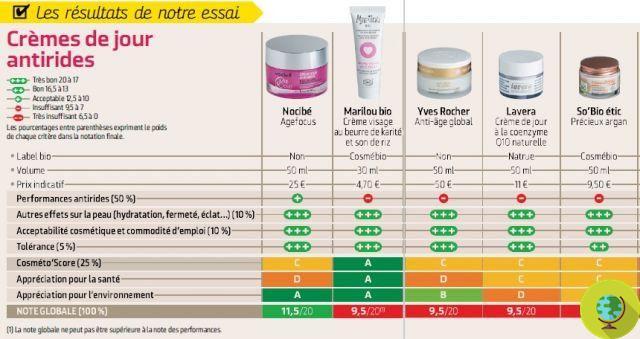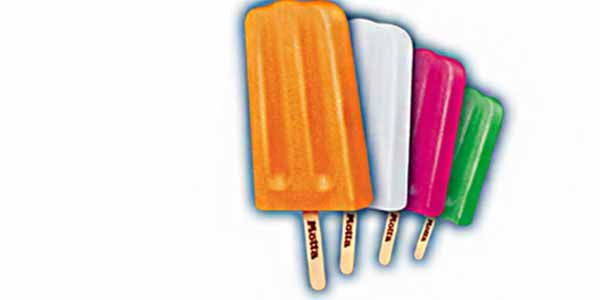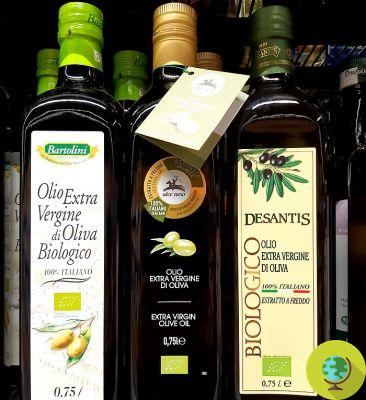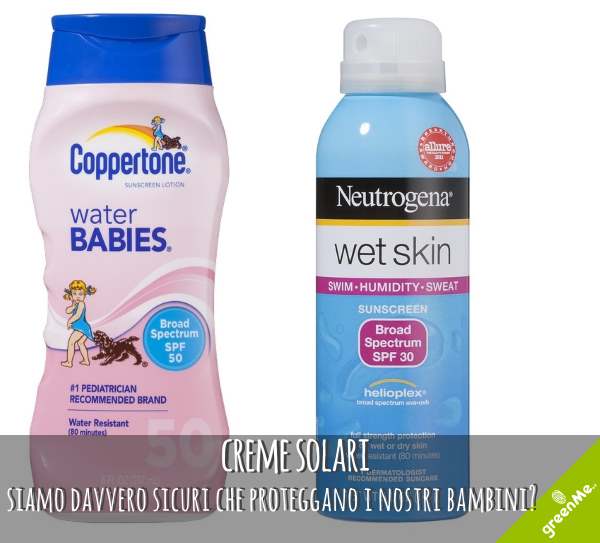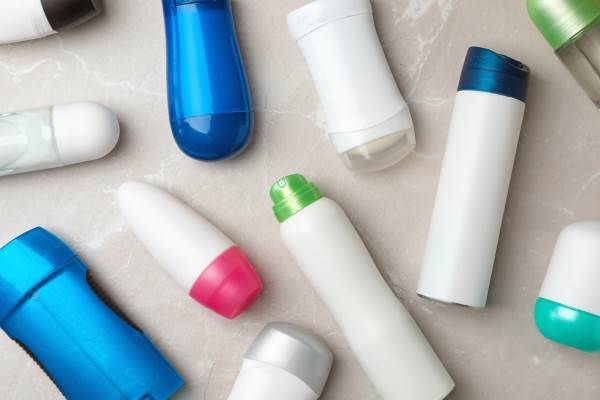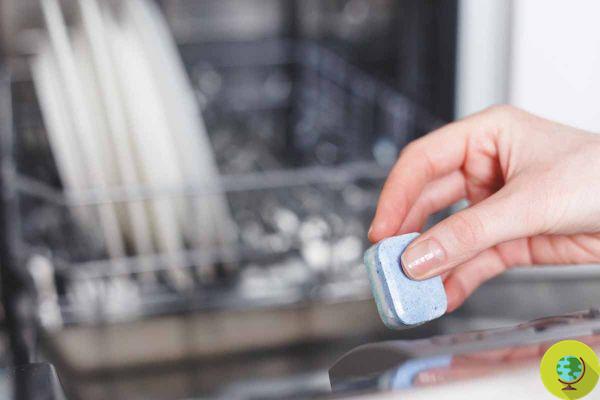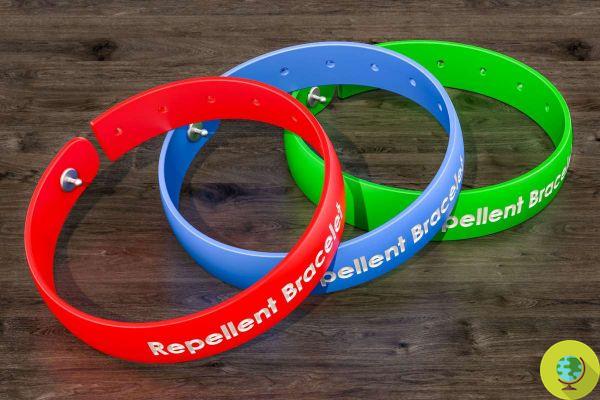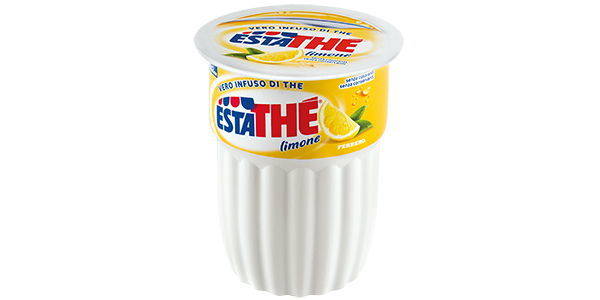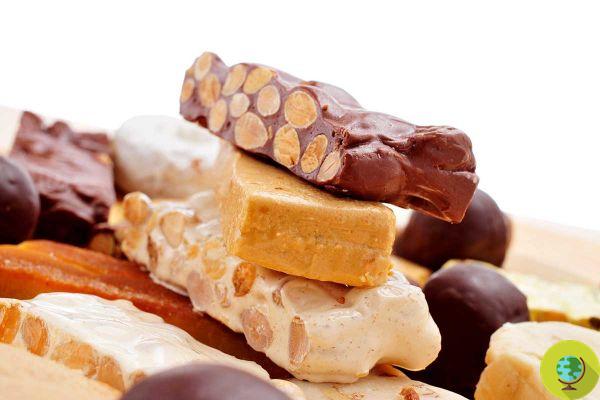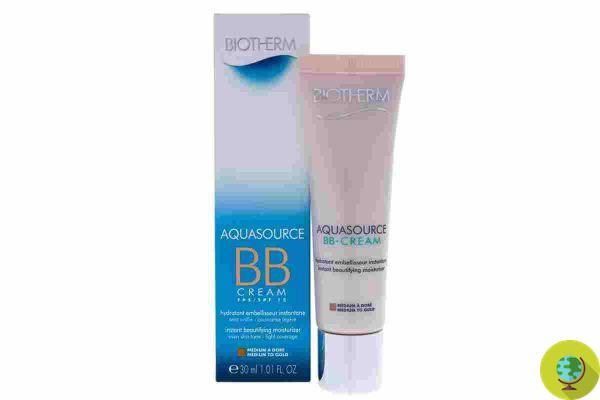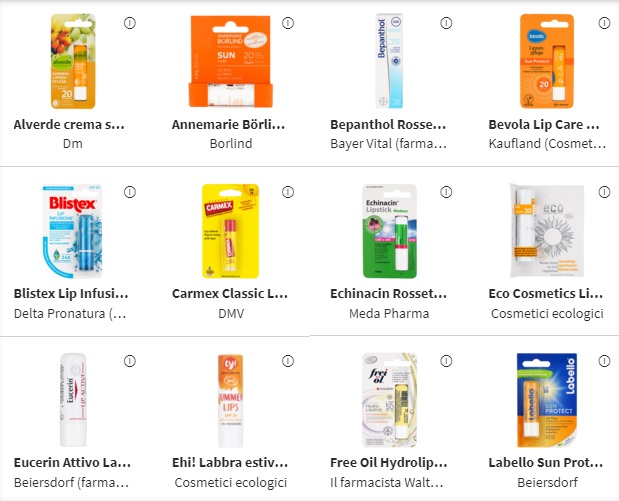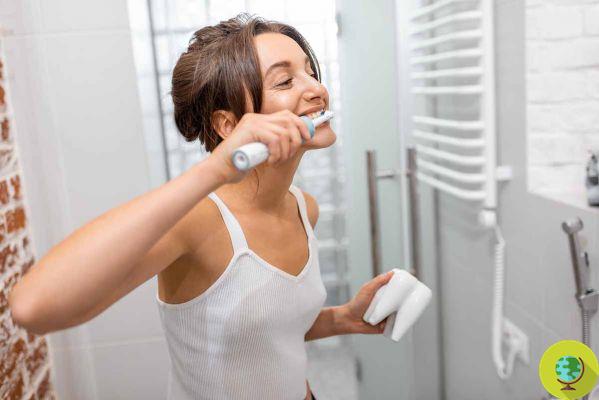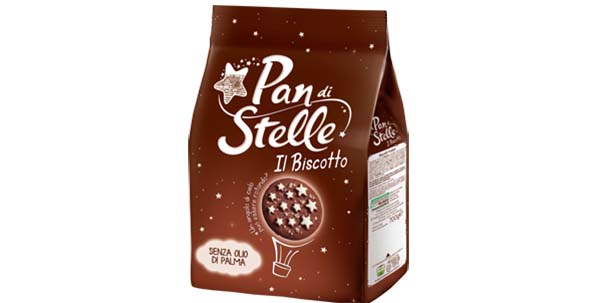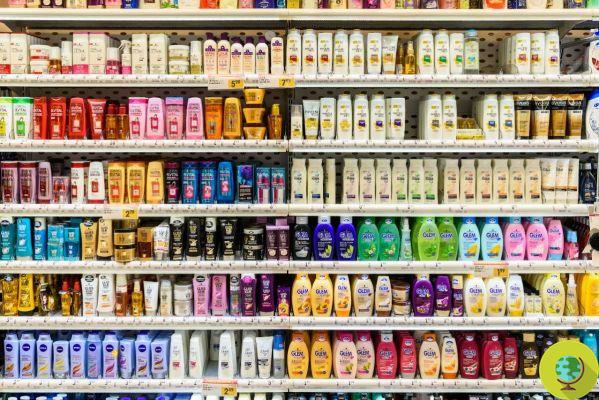
A test compared 50 anti-dandruff shampoos, finding pollutants or harmful to health inside most of them
Don't store avocado like this: it's dangerousAnti-dandruff shampoos promise help for those with itchy, flaky scalp. But, in addition to working, are they also free of pollutants or substances that could irritate the skin? To answer this question, a new test compared 50 products.
The German magazine Öko-Test had 50 anti-dandruff shampoos purchased in supermarkets, discount stores, pharmacies and herbalists analyzed by a laboratory. It consisted of 41 traditional shampoos and 9 certified natural cosmetics.
As always, the magazine went on the hunt for controversial substances: PEG compounds, pollutants, plastics, aggressive surfactants, fragrances and more.
The experts also analyzed which special anti-dandruff substances the various shampoos contained, considering the advantages and disadvantages of each.
Index
The controversial substances
Not all dandruff shampoos are free of substances that can irritate the skin and, according to the magazine's experts, paradoxically they should not be used on an irritated scalp.
Specifically, Öko-Test reports the presence in some shampoos of climbazole, zinc pyrithione and selenium disulfide. Undoubtedly effective but polluting or having side effects.
Il climbazolo belongs to the group of controversial organohalogen compounds and accumulates in waters and sediments. The zinc piritione and selenium disulfideinstead, they are considered skin irritants and therefore would not be suitable for use on an already irritated scalp.
Also reported in some shampoos substances that release formaldehyde and PEG compounds. Small amounts of formaldehyde liberators have been found in Head & Shoulders anti-dandruff shampoo for men and Vichy's Dercos. The magazine specifies that their provenance is unclear as there is no substance in the ingredient list of both products that can release formaldehyde.
Most dandruff shampoos contain then PEG compounds (38 references), active substances for washing and useful for creating foam but which can make the skin more permeable to foreign substances.
Then the surfactant was reported sodium lauryl sulfate, relatively aggressive. The shampoos that contained it (4) were penalized as well as those that had fragrances in the composition such as lilial and artificial musk, substances that are controversial for health.
Also inevitable silicones, plastic compounds that can enter the environment through wastewater. Unfortunately silicones and other synthetic polymers are still relatively common in cosmetic products. In this test 21 shampoos were identified.
The active anti-dandruff ingredients
But let's move on to the real active ingredients against dandruff present in shampoos.
Given that dandruff is often caused or fed by the presence of fungi that multiply too much on the scalp, it is not surprising that many products (31 references out of 50) contain piroctone olamine in their composition. Studies have shown that olamine piroctone restricts the growth of fungi and at the same time is a relatively mild and well tolerated active ingredient.
According to the magazine's experts, this is the best choice, along with plant extracts and oils, of course.
Active ingredients such as piroctone olamine are not allowed in natural cosmetics but the analysis has shown that they still work well thanks to the use of rosemary, nettle and juniper.
The test also took into account the packaging. All manufacturers were asked whether they use recycled plastic in their shampoo packaging. It has thus been seen that a number of suppliers already use recycled plastic but this is not yet a widespread practice.
The best and worst dandruff shampoos
13 anti-dandruff shampoos that get an insufficient score and are therefore "rejected" by the test. Among these we find two references of the well-known brand Head & Shoulders: Classic Clean and Anti-Dandruff Shampoo For Men that contain sodium lauryl sulfate, artificial musk perfume (which accumulates in human adipose tissue), PEG compounds and silicones.
Among the insufficient shampoos we also find the Dercos Vichy Intensive Anti-Dandruff Shampoo and Pantene Pro-V antiforfora.
Slightly above as a score but still reported as "inadequate" are Eucerin Dermo Capillaire Anti-Dandruff Cream Shampoo and La Roche-Posay Kerium anti-dandruff cream shampoo.
"Sufficiente" instead gets the Garnier Fructis Strengthening Anti Dandruff Shampoo, "Satisfactory" Cien Classic Anti-Dandruff Shampoo (by Lidl) and the Nivea Men Power Anti-Dandruff Shampoo, while "good" gets the Sebamed Anti-Dandruff Shampoo.
On the other hand, 12 anti-dandruff shampoos have obtained the highest marks and therefore recommended by the test. Among these we find all the natural cosmetics taken as a sample.
Among the best are Logona Organic Juniper Oil Anti-Dandruff Shampoo, Sante Anti-Dandruff Shampoo and Anti-Dandruff Shampoo from Yves Rocher.
Another (French) test on anti-dandruff shampoos came to similar results.
Also read: At Garnier and Head & Shoulders, shampoos are too full of irritants and allergens. The test
Fonte: Eco-Test
Read also:
- Solid shampoo: not all brands are truly green. Lush the worst in the French test
- Baby shampoo: still too many allergens and Pegs in some brands. Among the worst Chicco and Euphidra
- Shower gel in comparison: eco-friendly products promoted, among the worst Dove and Palmolive




